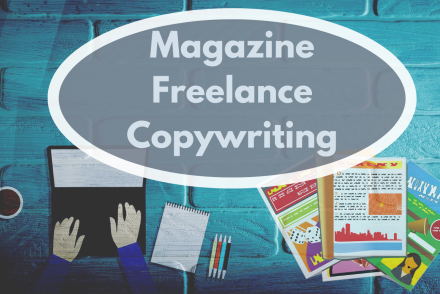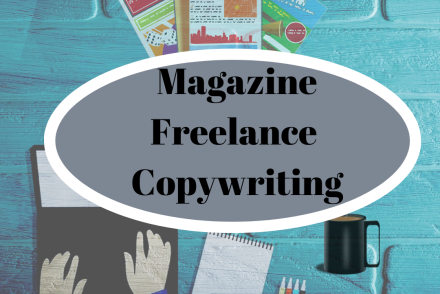
The Power of Networking: Building Meaningful Connections in the Writing Community
Writing can feel like a solitary career at times. After all, it’s just you, the keyboard, and your ideas…
July 16, 2024
Writing can feel like a solitary career at times. After all, it’s just you, the keyboard, and your ideas…
July 16, 2024
As a writer, your prized possession is almost certainly your collection of books. Whether you read reams of epic…
June 15, 2024
Book tours can be a fun and exciting part of the publishing experience. It’s not only a chance to…
May 14, 2024
Medical scenes can be a great way to explore the natural drama of life. These types of events frequently…
April 14, 2024
There’s little doubt that excessive consumption is harming communities and the environment. For one, the manufacturing processes produce vast…
March 14, 2024
As a writer, you know that writing is both an art and a discipline. The best writers simply write…
January 26, 2024
As a writer, you probably didn’t give much thought to branding and marketing when you wrote your first book…
December 14, 2023
Freelancing as a writer can be deeply rewarding. You’re getting paid to show off your wordsmithing skills and can…
September 14, 2023
The advent of eReaders and the rise of social media means that, as an eBook writer, you can reach…
July 15, 2023
If you’re feeling uninspired and like nothing you write seems good anymore, you likely got a case of writer’s…
May 14, 2023
Making it as an author has changed dramatically in the digital age. Today, building your personal brand online is…
April 14, 2023
No matter how long you’ve been writing, you know that your “finished” copy is really nowhere near complete. Once…
January 14, 2023
When you’re a freelance copywriter or author, you’re not just your own boss — you are your own brand,…
November 14, 2022
While the life of a writer may seem easy to the outsider, in reality, it is not for the…
October 14, 2022Being a freelance writer today often means seeking a range of creative opportunities. There are certainly few writers today…
September 14, 2022
Everyone knows there are certain rules that must be followed in order to present an article to a publication.…
April 14, 2021
The new year. A great time to try something you haven’t done before. How about writing articles? Many people…
January 14, 2021
You might be surprised to read the title of this post. Aren’t editors always right? Won’t you doom your…
December 14, 2020
Many writers assume that the value of their article is the payment they receive for writing it. The opposite…
September 14, 2020
The first thing a beginning writers often hear is “write what you know.” Good advice! But once you have…
August 14, 2020
It’s confession time. I’ve been a magazine editor for nine years. During those years I’ve worked with more than…
May 14, 2020
If you want to impress an editor as freelance writer, I’ll let you in on a little writer secret.…
August 14, 2018
Does your writing have a lot of variety? Or do you feel like you are writing the same type…
May 13, 2018
Imagine yourself in a race and the gun is ready to begin the race. The Starter Gun goes, BANG!…
April 13, 2018
When the slick full-color magazines arrive in your home, many writers would like to write for those magazines and…
March 13, 2018